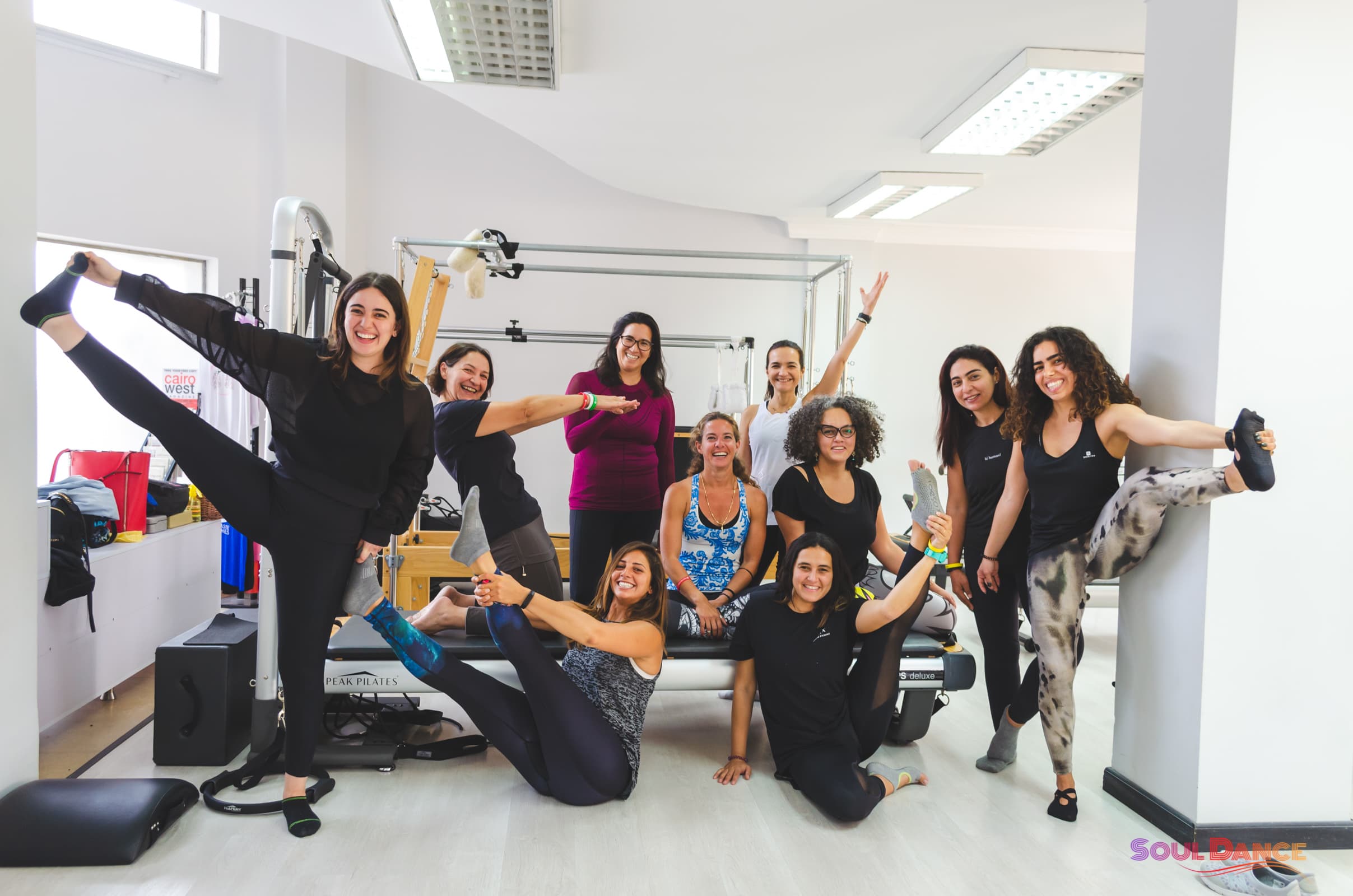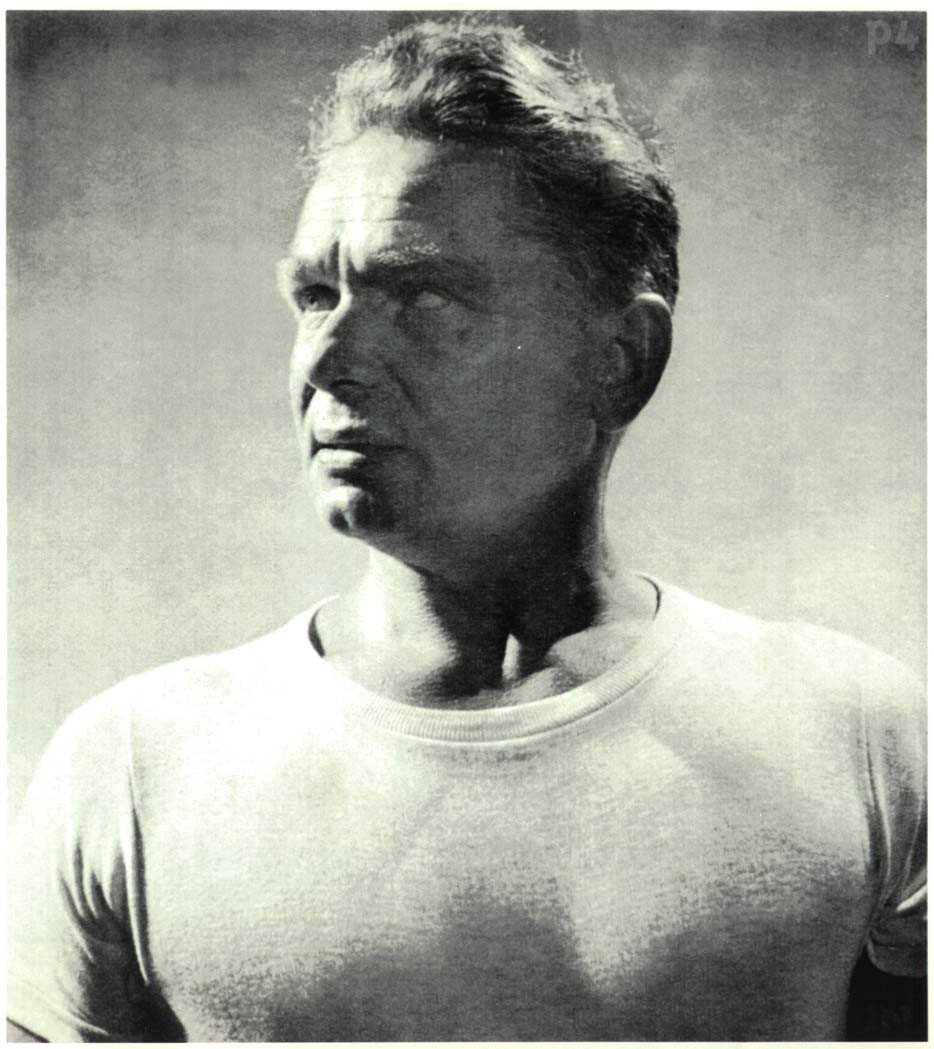When Pilates gained popularity within the dance world, dancers feel comfortable with Pilates because the principles integral to dance training are also emphasized in Pilates, it was used mainly as a preventive and rehabilitative routine. It remains a strong force to this day. Dancers can suffer many injuries during their careers. Should they wish to continue performing, they cannot completely take time off as their injury heals.
Dance has a lot of benefits, but Pilates helps dancers keep their normal muscle tone, core strength, and flexibility while protecting their injury due to the low-impact nature of the method. Additionally, when dancers are not injured, it helps to prevent these injuries by strengthening supportive muscles and correcting imbalances from daily training. This leads to efficient, fluid, whole body movements that are essential principles of dance.
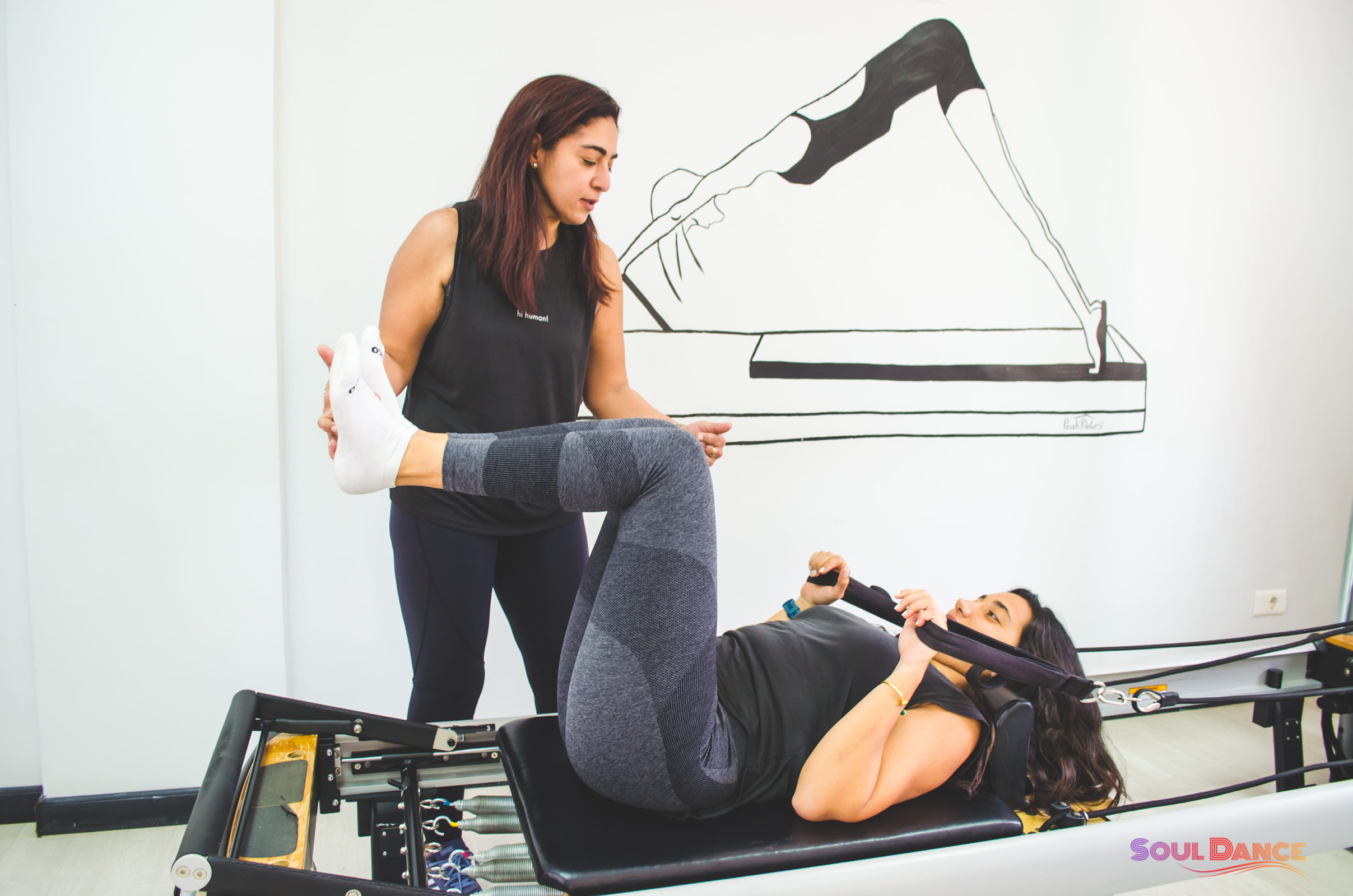
Pilates brings our attention to the importance of deep core support, pelvic alignment and full ROM allowing for fluid and controlled movement throughout the body. Pilates teaches us to how to integrate our spine with our limbs so overall movement is more fluid and incorporate.
Pilates strongly emphasizes the proper use of the core to support the spine and create stability through the center. The core muscles are the deepest layer of lower abdominal muscles, two major ones being the pelvic floor and traverse abdominal, and the deep lower back muscles closest to the spine.
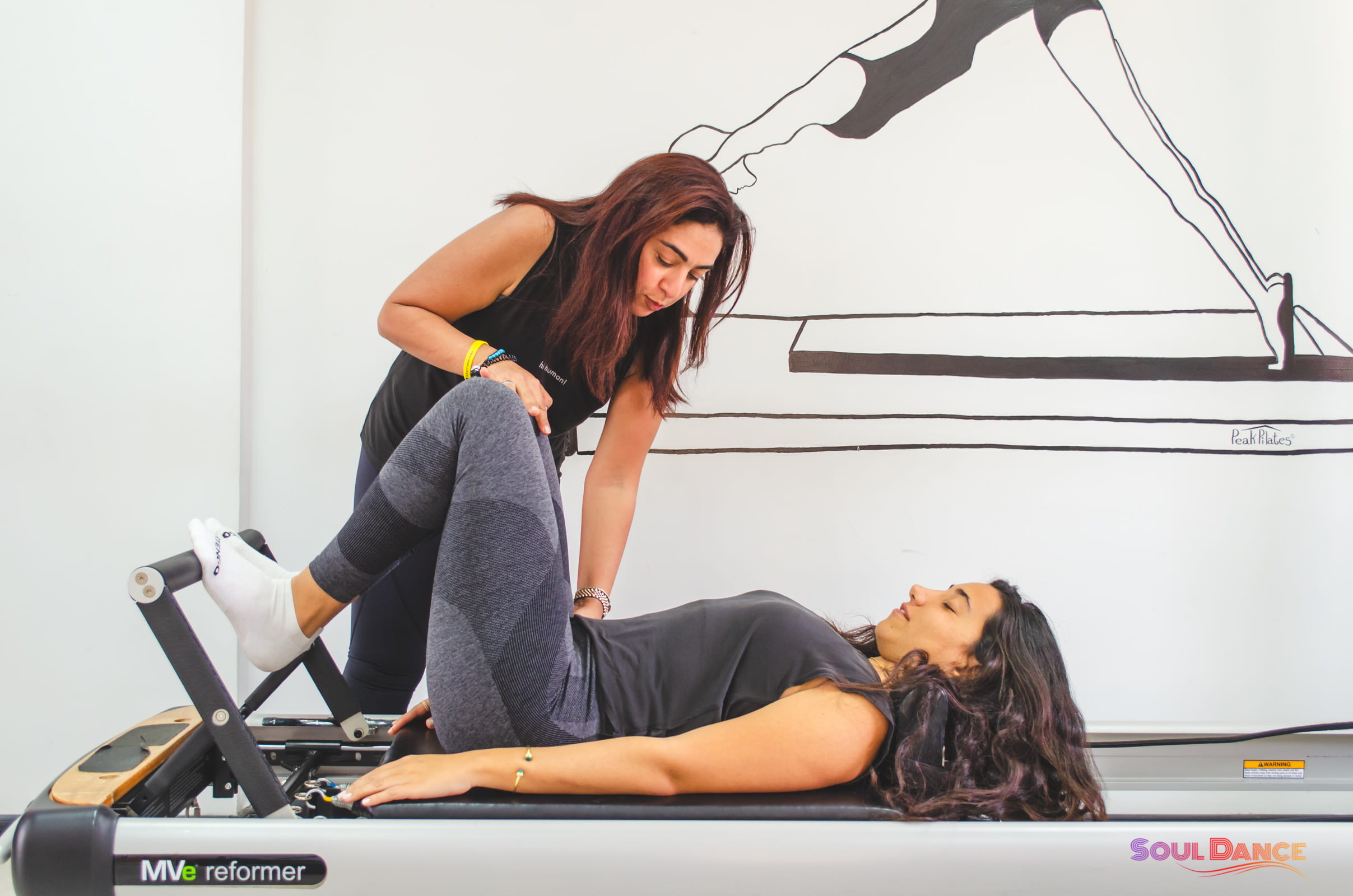
A Brief History of Pilates
Joseph Hubertus Pilates was born near Dusseldorf, Germany in 1880. He was a sickly child, plagued with rickets, asthma, and rheumatic fever. His drive to overcome these ailments led to the practice of bodybuilding, gymnastics, diving and other physical pursuits. He studied Eastern and Western forms of exercise and philosophies and was greatly influenced by ancient Grecian and Roman regimens.
Pilates improves coordination of breath and movement
Joseph Pilates
In the early 1900’s. The small, precise movements were designed to strengthen the body, reduce the possibility of injury, and rehabilitate damaged muscles.
In 1926 Joseph and Clara Pilates set up the first Pilates studio in New York City. A varied and diverse population frequented the Studio, including the elite of New York society, circus performers, gymnasts and dancers. It was particularly the dance community and luminaries such as George Balanchine, Ted Shawn, Martha Graham and many other lesser-known dancers who truly recognized the value of this work and Joseph Pilates’ inherent and deep understanding of the workings of the human body.
He worked closely with George Balanchine, a famous Russian dancer who founded The School of American Ballet and quickly gained a reputation in the dance world for his exercise methods. Pilates as a whole is an excellent form of exercise due to its low impact on the joints and concentration on the core, thus creating a strong back and midsection from where all movements originate. Many dancers use Pilates every day to keep their muscles and core in excellent shape so their craft is always being improved. They embraced the work and what it could do for their bodies, be it for rehabilitation or for enhancing performance.
Over the course of his career, Joseph developed over 600 exercises for the various pieces of apparatus he invented- His guiding philosophy in creating the apparatus and the movements was that the “whole” must be exercised to achieve good health. The Pilates equipment is designed to condition the entire body using positions and movements, which ultimately correct body alignment and balance. Here is why Pilates is so important specially for elite dancers.
Today Pilates is a well-known exercise and lifestyle across the globe, and is a popular choice of exercise for hundreds of thousands of people. In fact, the number of Americans who practice it regularly has exploded by over sixfold from 1991 to 2005 (from 1.7 million to 11 million). And it is still increasing to this day.
1. Injury Prevention
Pilates is a perfect way for aspiring dancers to protect themselves from incurring injury due to muscle weakness or low range of motion. Pilates focuses on fluid, controlled motions, which is an ideal method for dancers, and many of the movements are mirrored in their classes.
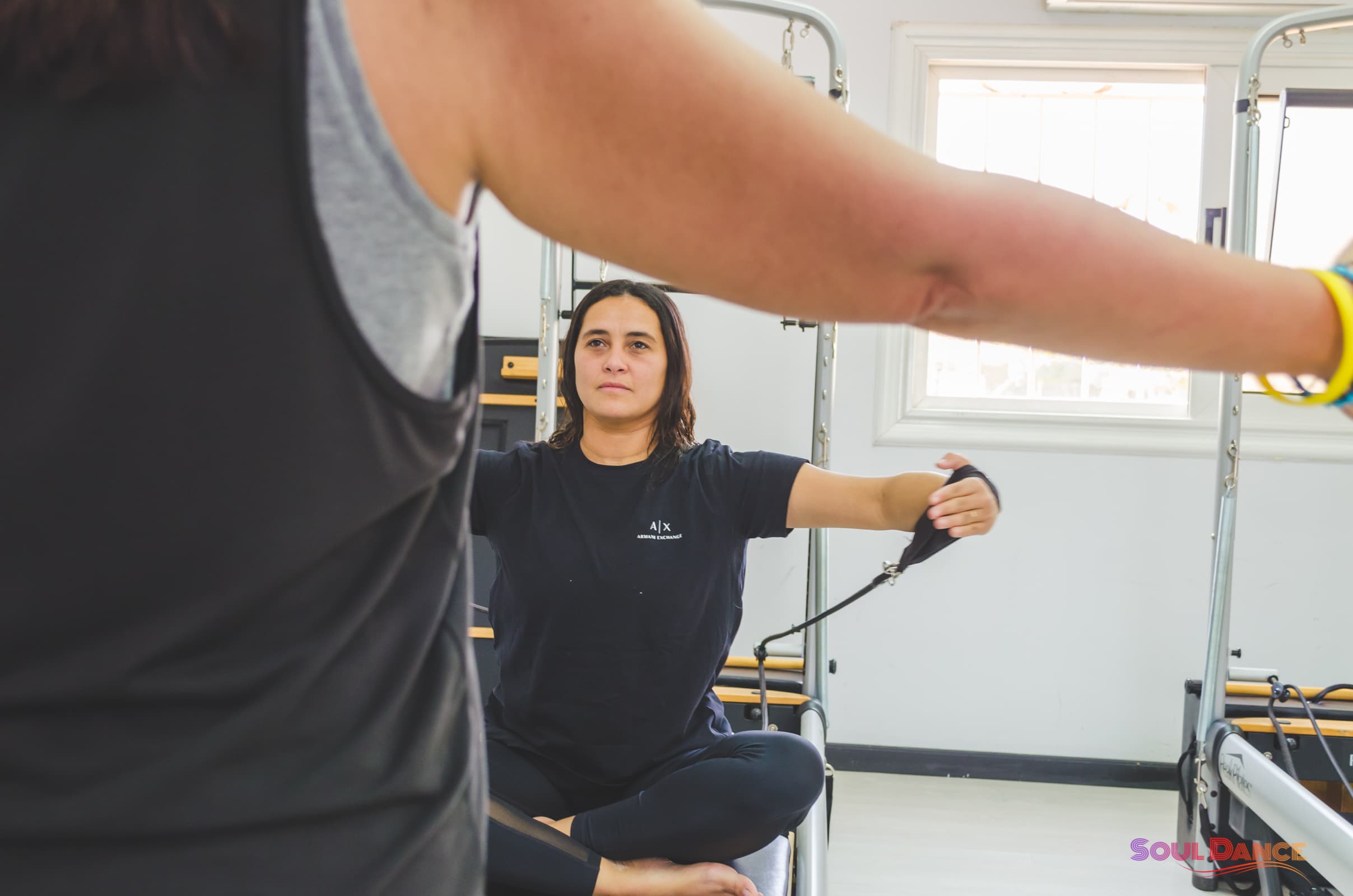
Those who struggle with hypermobility and flexibility appreciate this exercise method as well, because the motions and movements are meant to strengthen the muscle groups to increase control and precision so that students won’t injure themselves by overstretching or over extension. you are less likely to obtain any risks of receiving injuries through regular Pilates. This applies to everyone, from the elderly to professional dancers.
The more common reasons for injuries are performing exercises incorrectly, putting too much stress on joints, muscles and tendons, poor posture, weak or underdeveloped spots, and disease or illness in the body.
2. Increase Nutrients and Reduce Soreness
Most people know pilates that stretching increases blood supply, but they do not realize that it also increases nutrient supply to muscles. Because stretching allows blood to flow through your body, the nutrients in the blood are being carried and spread out all throughout your body as well. An increased blood and nutrient supply also help reduce muscle soreness after exercise (also referred to as delayed-onset muscle soreness, or DOMS) signals that you caused damage to your muscle tissues.
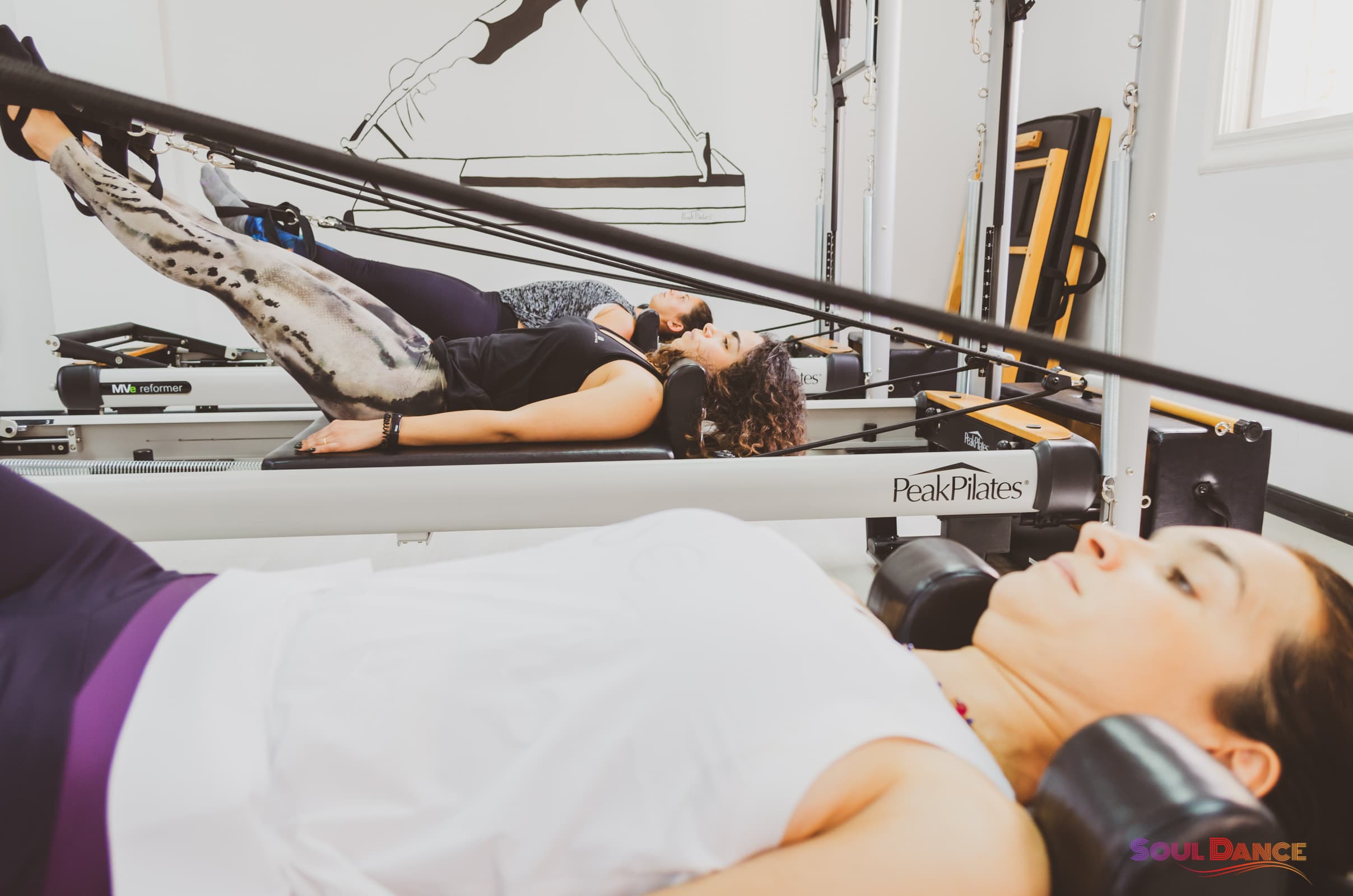
Soreness can theoretically be avoided or reduced by limiting exercise to concentric and isometric contractions, but eccentric contractions in some muscles are normally unavoidable during exercise, especially when muscles are fatigued. Limiting the length of eccentric muscle extensions during exercise may afford some protection against soreness, but this may also not be practical depending on the mode of exercise.
3. Increase Core Strength and Stability
Sure, everyone is always trying to achieve abs of steel or that attractive six-pack, but core strength is vital to a dancer, and without it, he or she will struggle to complete moves and gestures with control and precision. When our core is strong, the frame of the body is supported. Our neck and shoulders can relax, and the rest of our muscles and joints are free to do their jobs.
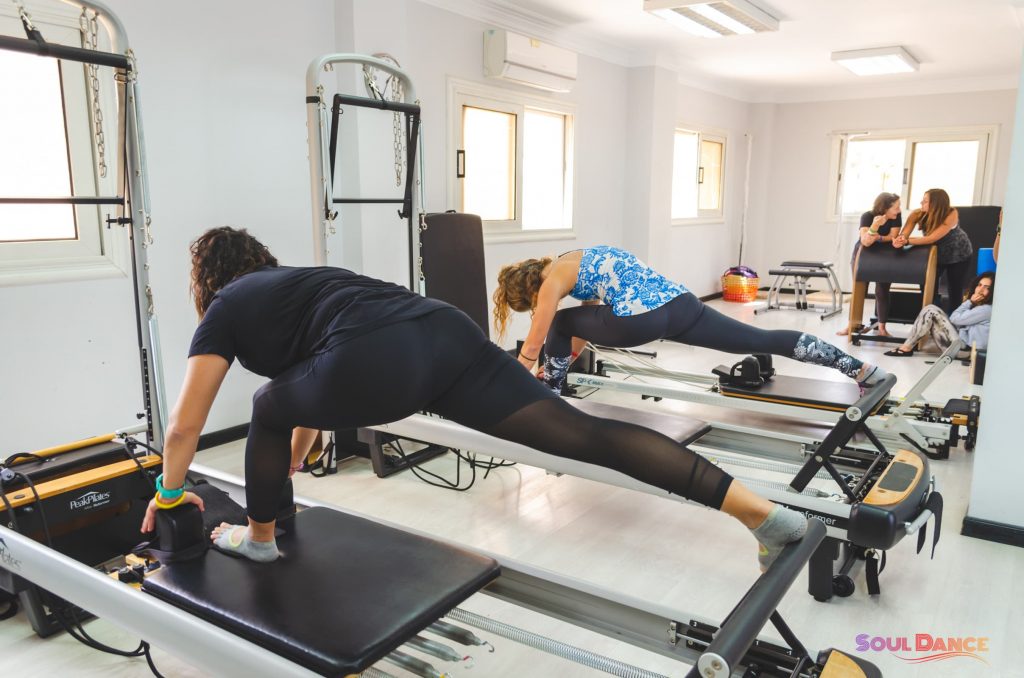
Core muscles are the muscles at the center of your body. To simplify this idea, you can think of any muscle that is not in your arms and legs as part of your “core muscles”. Dancers can move around with ease, go off-balance and find their center without having to think about it when they do Pilates training. The core muscles of the body are the deep muscles of the back, abdomen, and pelvic floor. We rely on these muscles to support a strong, supple back, good posture, and efficient movement patterns.
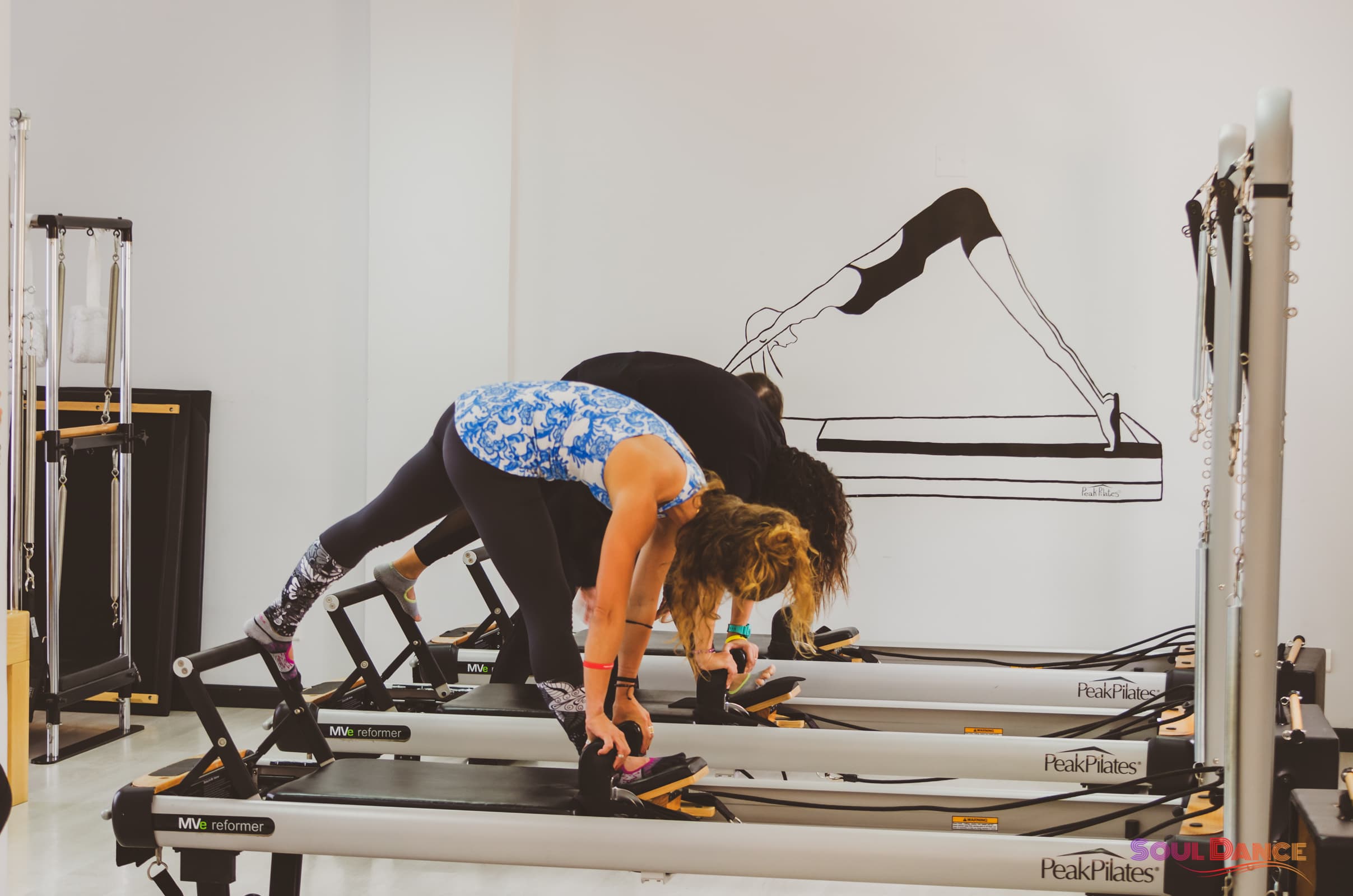
Pilates can also help strengthen your entire body, but what it really focuses on is strengthening the core muscles. Pilates offers core strength in the deep muscles below those famous “six pack” abdominal that allows the core to take over when the limbs want to move. This helps protect the back from injury and allows a quicker response time and movement efficiency.
4. Increase Blood Circulation
We know that Blood carries nutrients and oxygen to every part of the body. Poor blood circulation can cause numbness, fatigue, dizziness, hair loss, swelling, breathing problems, and skin issues. Long-term circulation issues can cause even more severe issues like memory loss, heart attack, and stroke.
Breathing is the first act of life and the last. Our very life depends on it
Joseph Pilates
The more flexible you are, the better your blood circulation is, as blood can flow more freely through your body. This can help to promote cell growth, organ function and gives you healthier skin, and as Joseph calls it, for “bodily house cleaning”. By doing what you can to make sure that your blood flows smoothly throughout your body, you can help make sure that your body will be well oxygenated and given nutrients.
5. Improve Flexibility
Most people think that because they’ve never in their life been flexible that they never will be. Like with everything in life, practice makes perfect. The flexibility gained from Pilates is also balanced by strengthening that does not shorten the muscles so flexibility is not sacrificed, yet the muscle stays strong to prevent injury.
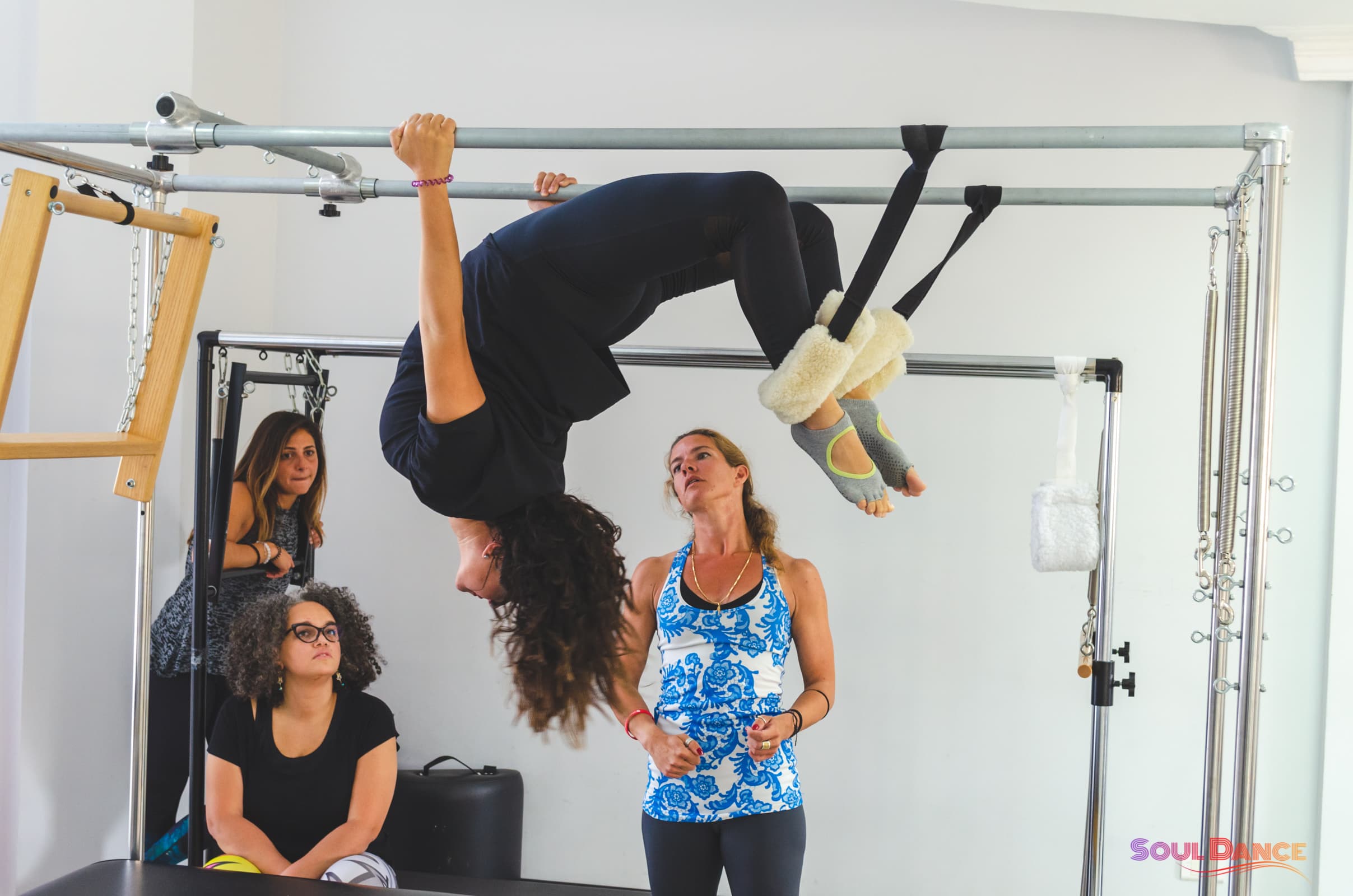
Those who struggle with hyper-mobility and flexibility appreciate this exercise method as well, because the motions and movements are meant to strengthen the muscle groups to increase control and precision so that students won’t injure themselves by overstretching or over-extension.
Pilates also fosters greater flexibility, and as the individual practices the motions and exercises, strength and control will also be increased so that the dancer will be able to decrease the possibility of injury due to muscle weakness or stiffness.
While dance classes focus on physical fitness and fortitude as well as flexibility and technique, it’s important to exercise daily and pursue other forms of physical conditioning to increase strength and reduce the possibility of injury.
It has been a favorite of dancers for decades. The workout is about strengthening and stretching—and research has shown it comes with a major muscle-loosening payoff. After only eight weeks of a Pilates routine.
6. Pilates Improves Posture and Alignment
Poor posture forms as a result of bad habit such as slouching at your desk and chair, which can eventually cause back ache, neck problems, headache, etc. The bad habits will result in asymmetrical muscle development, where some muscle become weaker than others. Pilates can help to strengthen those underdeveloped muscles, and get rid of bad posture.
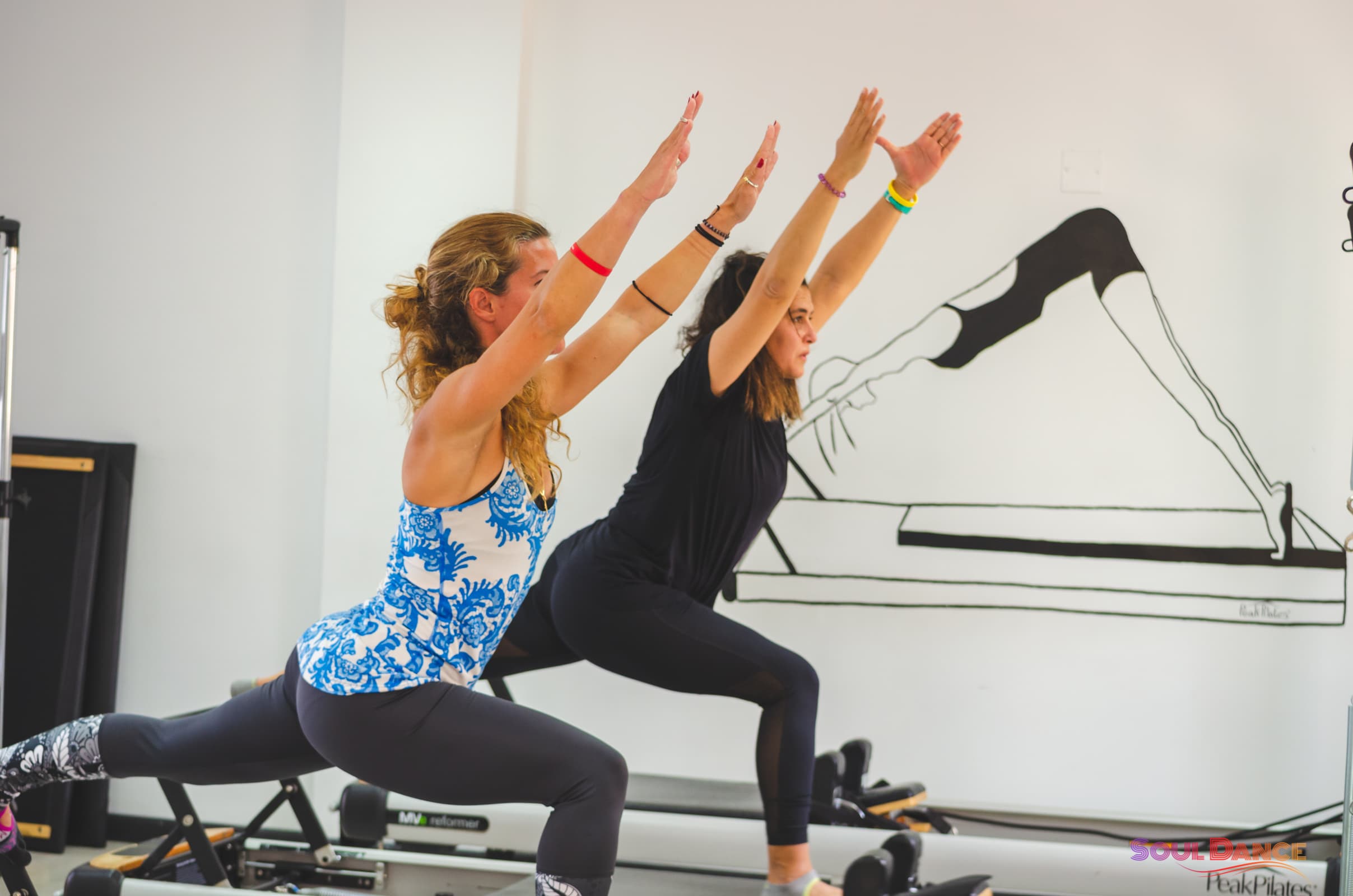
Good posture is a reflection of good alignment that is supported by a strong core. It is a position from which one can move freely. Starting with Pilates movement fundamentals and progressing through mat and equipment exercises, Pilates trains the body to express itself with strength and harmony.
A big focus of the workout is maintaining good alignment and balance as you slowly move through all the exercises. So it makes sense that doing a mat or reformer routine on the reg will help you sit and stand tall the rest of the time too. A strong back, glutes, and abs won’t just look good but are key for nailing perfect posture.
Since Pilates is all about lengthening and connecting to your muscles, one of the main benefits of that is getting a better posture. You build awareness of how to find postural support with your muscles, not just to reverse slouching. An increased understanding and awareness of how you hold your body plays a big role in this as well.
7. Pilates Increases Coordination and Improves Balance
Since pilates was designed to be a recovery exercise routine for dancers, balance is obviously a wonderful benefit of pilates. Pilates also benefits dancers by improving balance and stability. Pilates works through a range of hip rotation positions, not just the classic external rotation found in classical ballet classes. For instance, during Pilates footwork on the reformer, we can work with the feet turned in, parallel or turned out.
It’s important to note the importance of conditioning outside of dance class for both improved performance and protection from injuries. Dance movement stresses similar muscle groups because of repetitive movements. Pilates can encourage muscle balance by working joints through full ROM and building support in all layers of soft tissue.
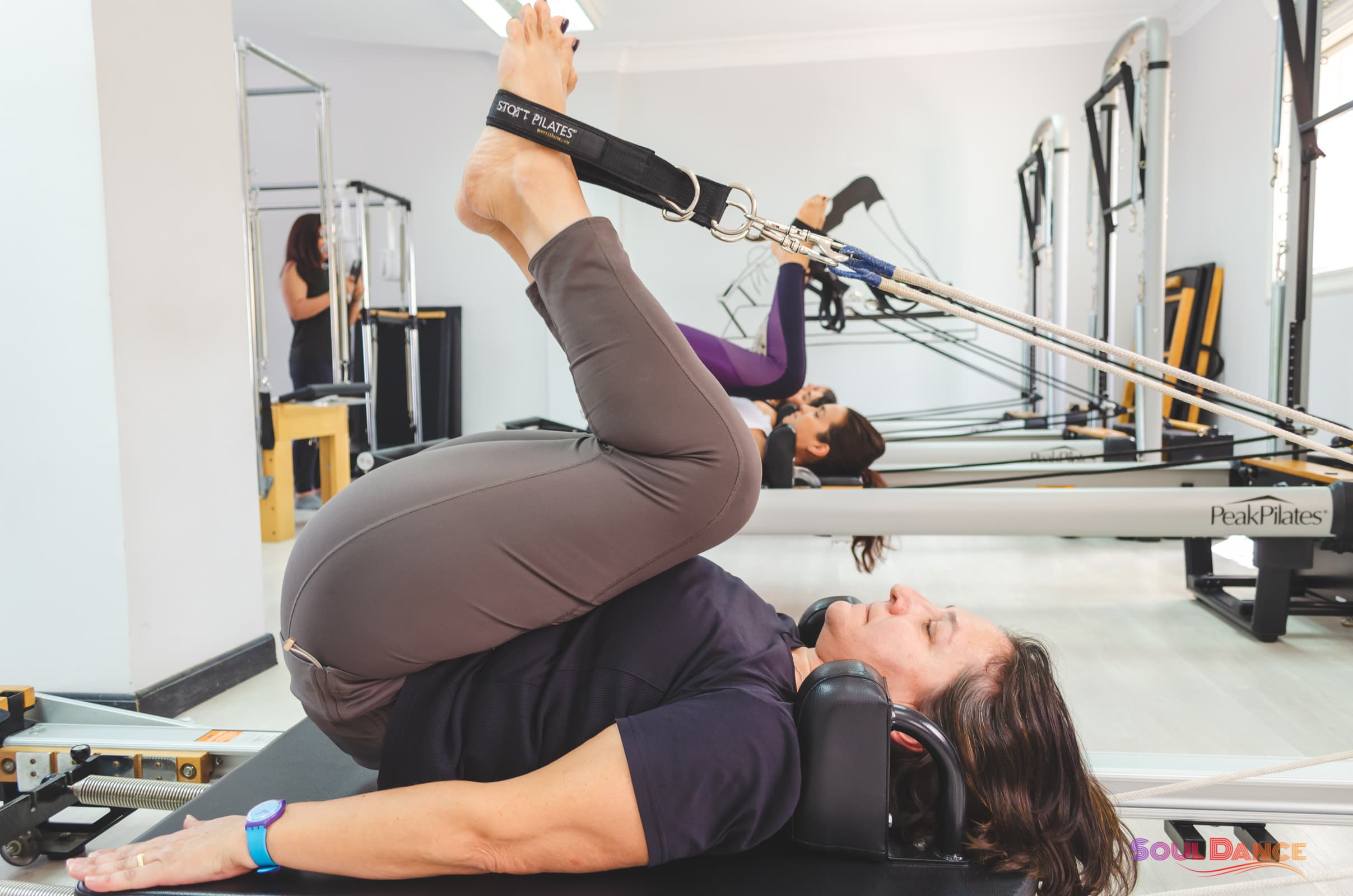
In every single Pilates move, there’s an element of balance involved. Any time you’re trying to center your body and align your muscles correctly, you’re going to be dealing with balance. Pilates workouts promote strength and balanced muscle development as well as flexibility and increased the range of motion for the joints.
Being aware of your body and being aware of the mind/body connection and how to best control it, which is something you learn in Pilates can enhance your balance in dance. The increased core strength, flexibility, concentration and coordination all contribute to balance as well. The more strength you have in these areas the better your balance should be.
8. Pilates increases and builds Technique
As it focuses on graceful and fluid movements that are the basis for many dance genres. As a dancer continuously commits himself or herself to the method, he or she will grow muscle memory and strength so that the technique and precision of his or her art is increased.
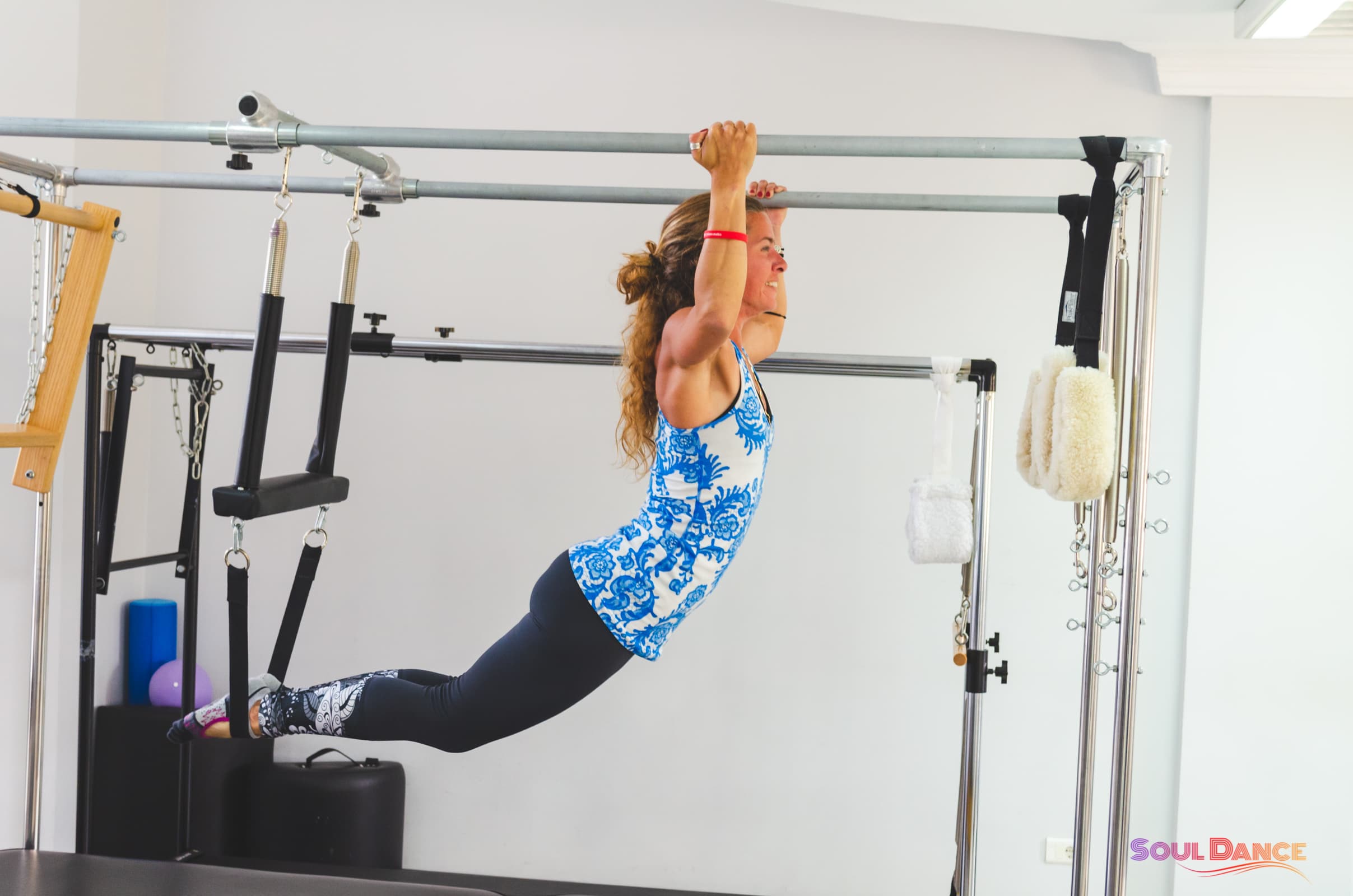
Pilates is vital to a dancer’s career and success because it lays a groundwork of strength, muscle connection, and coordination for the dance art to build upon and thrive. The exercise method will create an equilibrium of muscle awareness and control that is extremely vital to any artist looking to continuously improve his or her technique and range of motion. A dancer can only benefit from adding Pilates into his or her daily exercise routine.
9. More Energy and Boost Stamina
It might seem like a paradox, but the more you exercise, the more energy you have. The more energized you are, the more you’ll feel like doing your exercise routine. Pilates gets the breath and circulation moving, stimulates the spine and muscles, and floods the body with the good feelings one gets from exercising the whole body.
Many people believe that there are two different types of energy. Metaphysical energy and the physical energy that it takes to get through your day. Pilates supports both. With increased precision, motion becomes more efficient so there is less stress to perform the exercises.
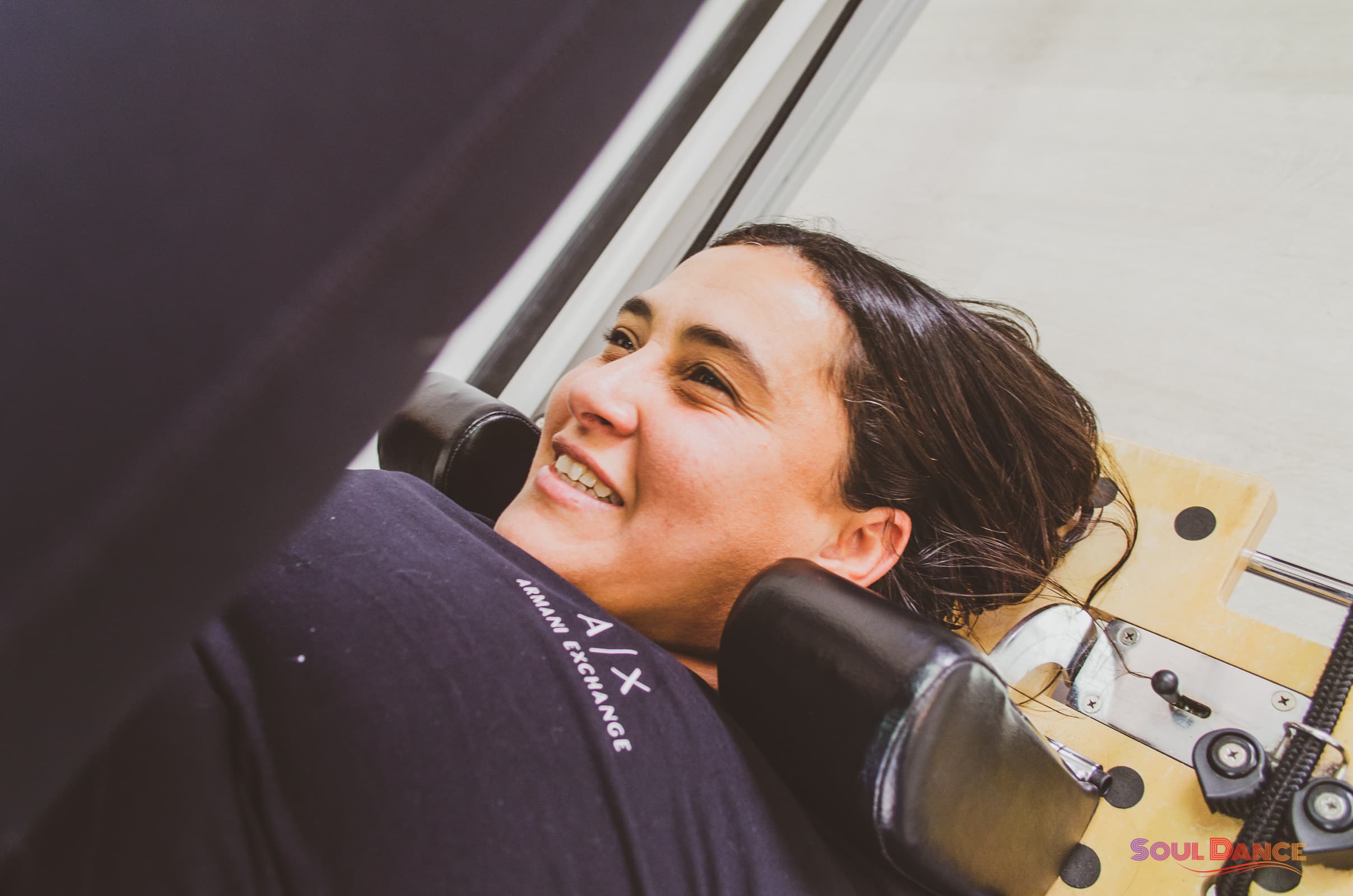
Pilates is an excellent way to boost your energy and vitality for dance. Pilates aims for elegant economy of movement, creating flow through the use of appropriate transitions. Once precision has been achieved, the exercises are intended to flow within and into each other in order to build strength and stamina. In other words, Pilates technique asserts that physical energy exerted from the center should coordinate movements of the extremities.
10. Mind and Body Connection
A key element in pilates is holding the body into positions that are very natural, but the body and mind find it unnatural. Not because the body is unable to do this movement, but because it is not a position that generally happens throughout the day.
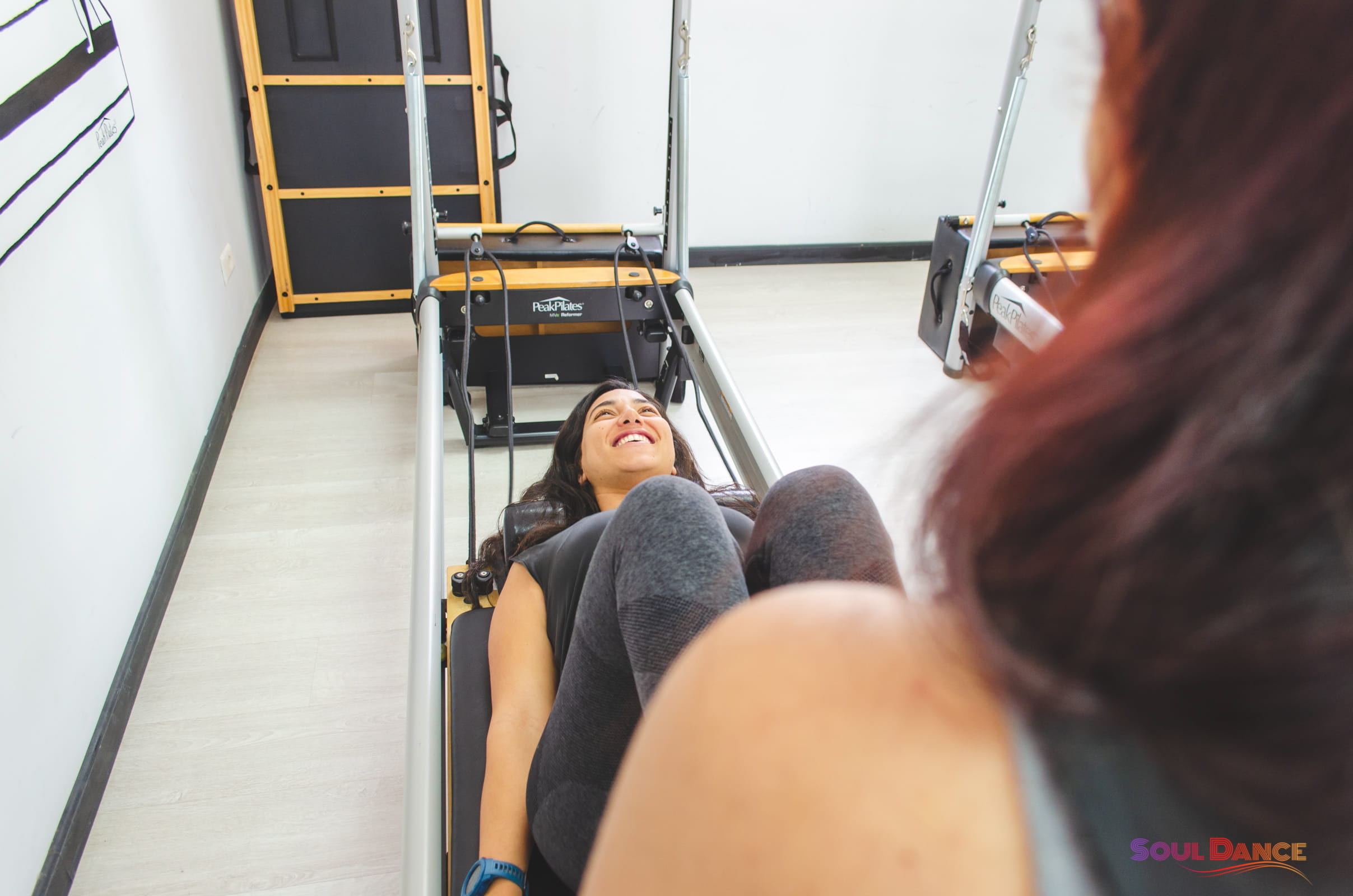
Pilates is undeniably great for the body. But it is also beneficial for the mind. Concentration benefits the mind which in turn benefits the body. The pilates practice requires lots of concentration in itself. In order to perform the moves in an effective manner, the mind has to be connected to the body.
You will feel better in ten sessions, look better in twenty sessions, and have a completely new body in thirty sessions
Joseph Pilates
Pilates supports the dance aesthetic by strengthening and toning muscles while also elongating and slimming them. The focus on the deep, intrinsic muscles of the body help to pull muscle into the bone, creating a slimmer frame but providing the strength and endurance a dancer needs each muscle to have.
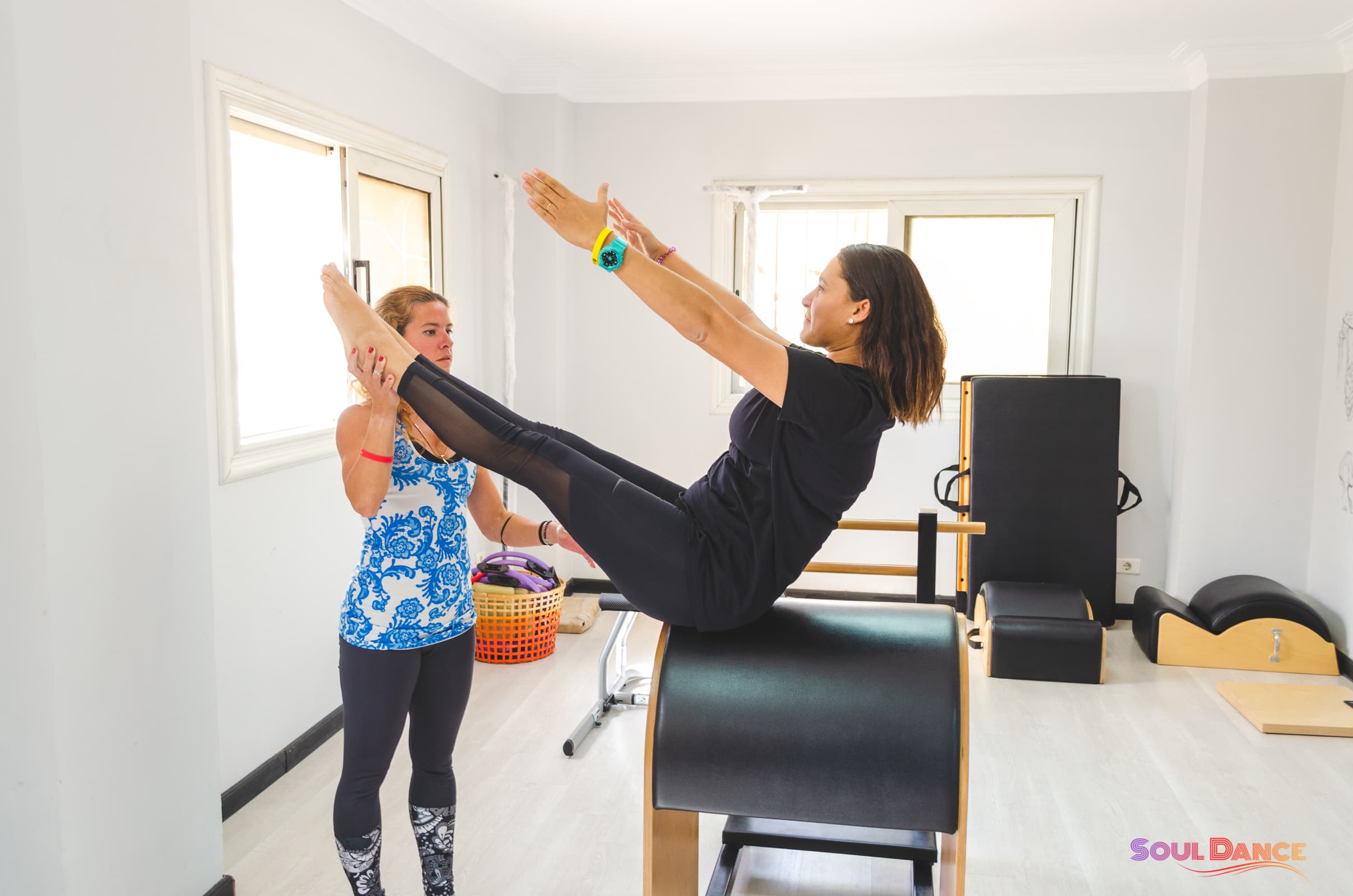
Pilates for Dancers Final Thoughts
Professional dancers have known about the benefits of Pilates and have incorporated it into their lifestyle to improve their dancing, manage injuries and stay in-shape during breaks. Pilates can improve technique, turnout,stamina, energy, flexibility and also limit injuries and boost your modes, its truly how to keep dancers and athletes in all round shape. Stay tuned for upcoming types of Pilates article and what you need to know about each of them.
We would like to thank Reform Pilates Studios – Egypt for giving us the chance to take such a beautiful photos of their amazing studio and workout. ??
